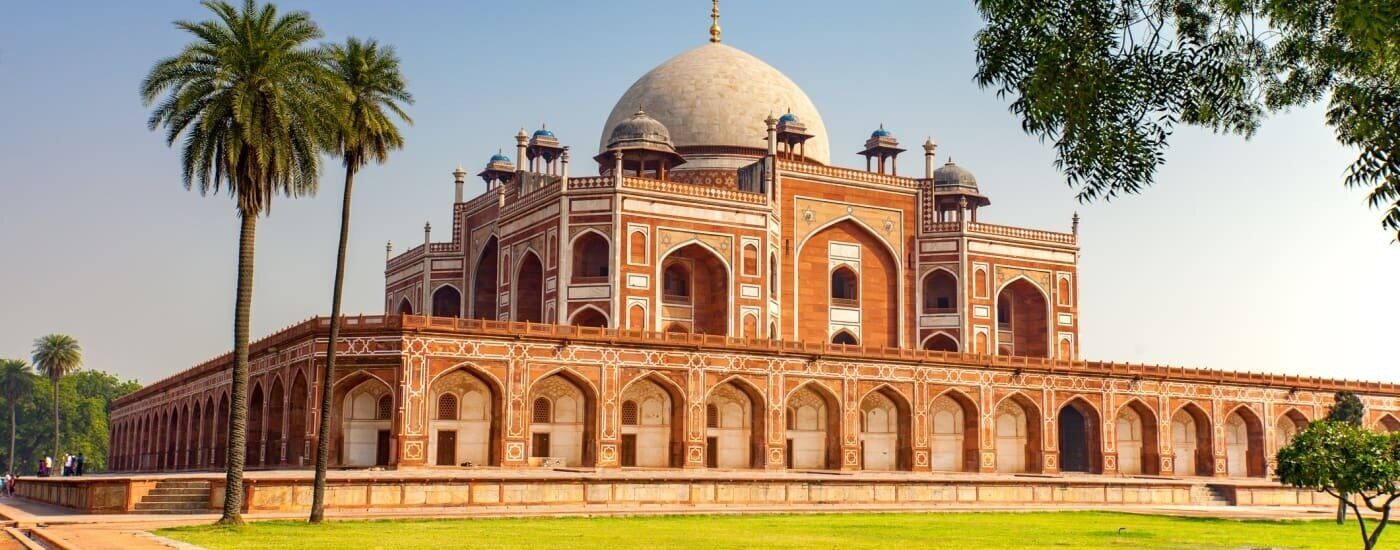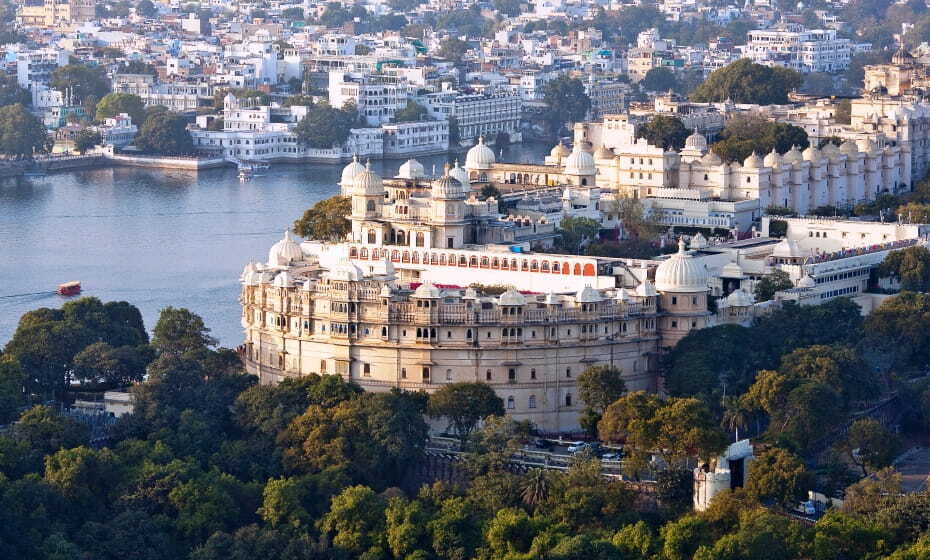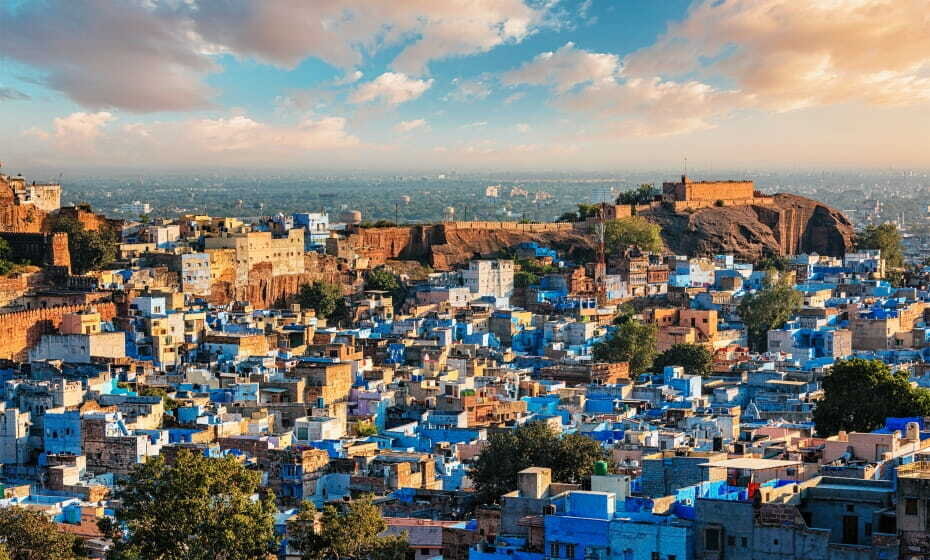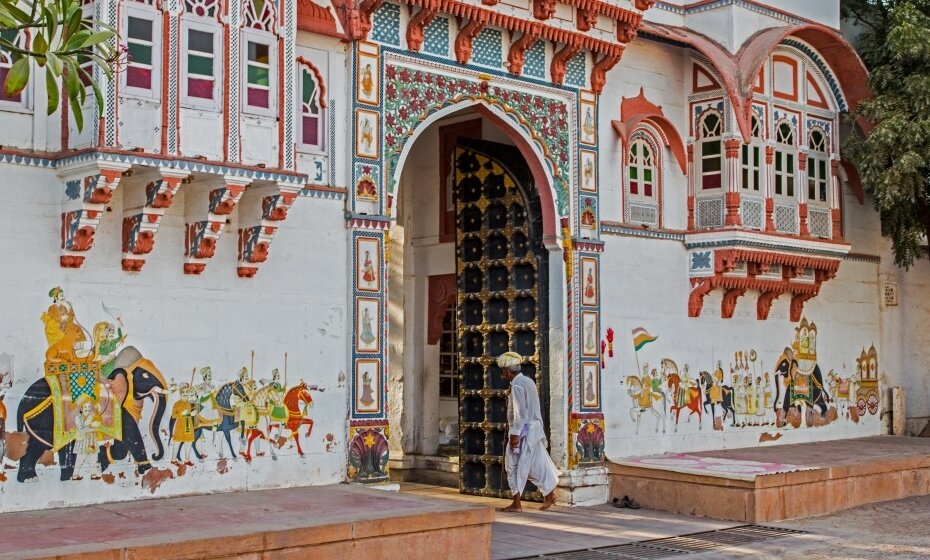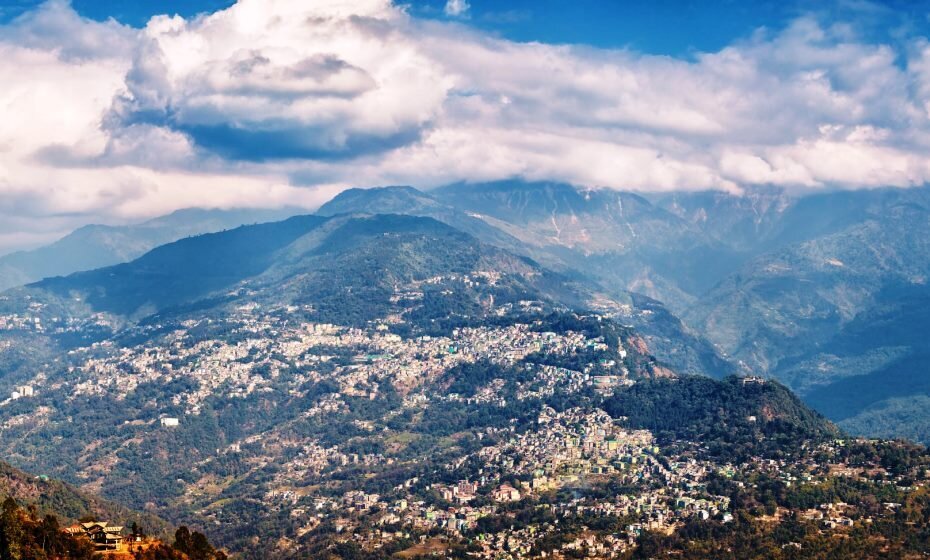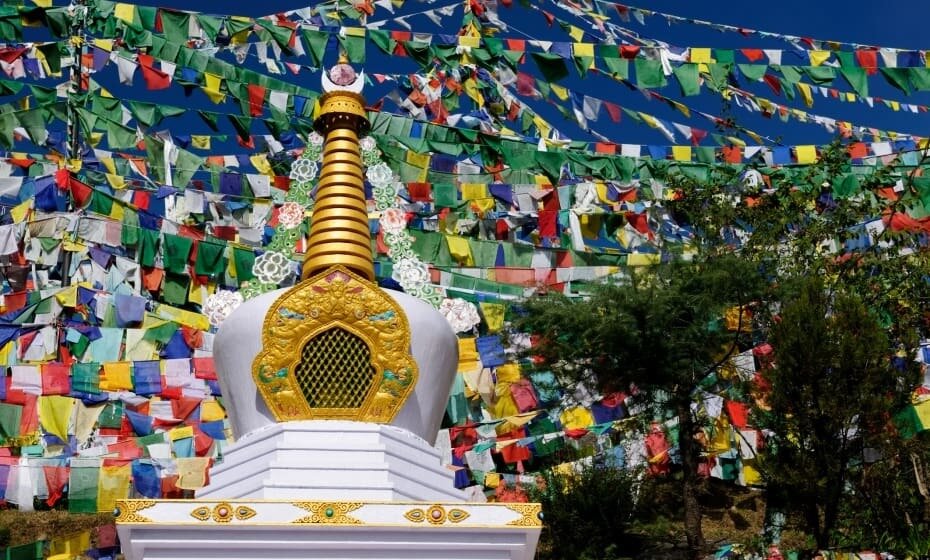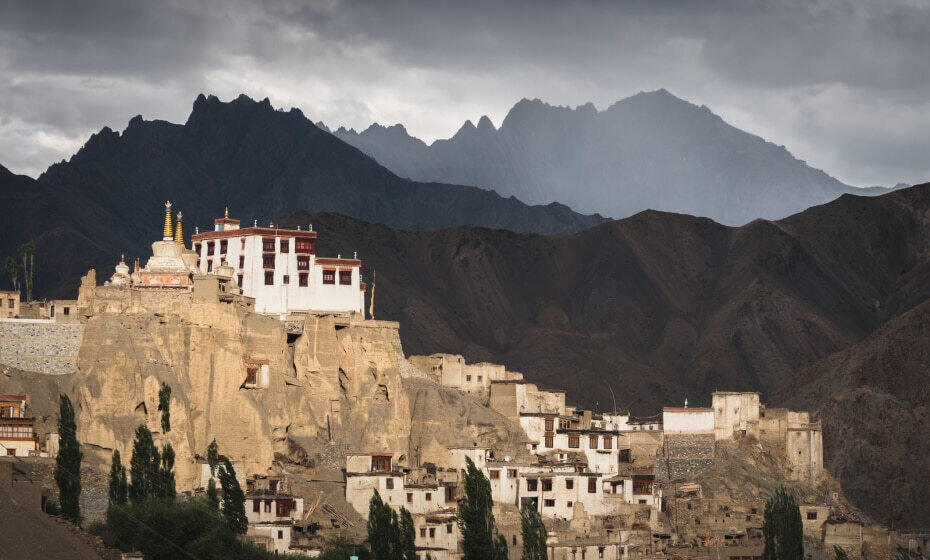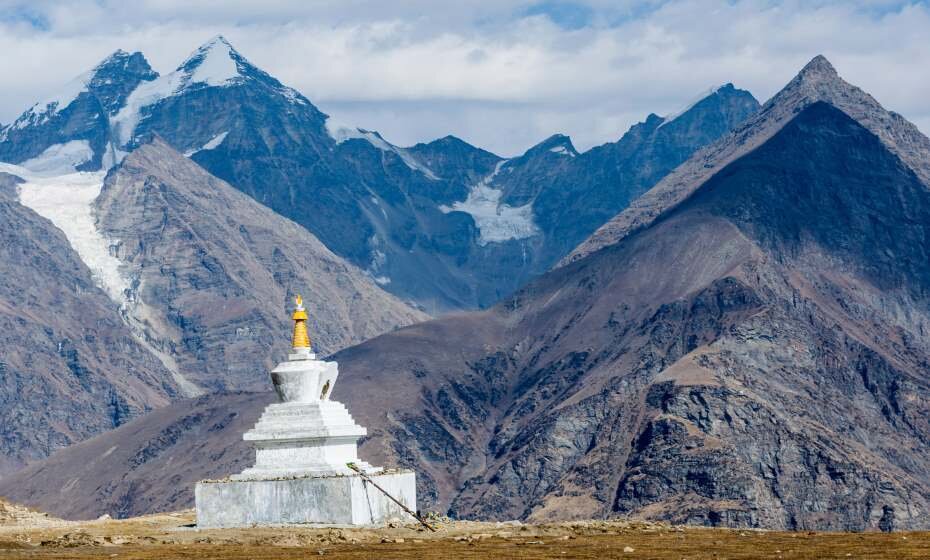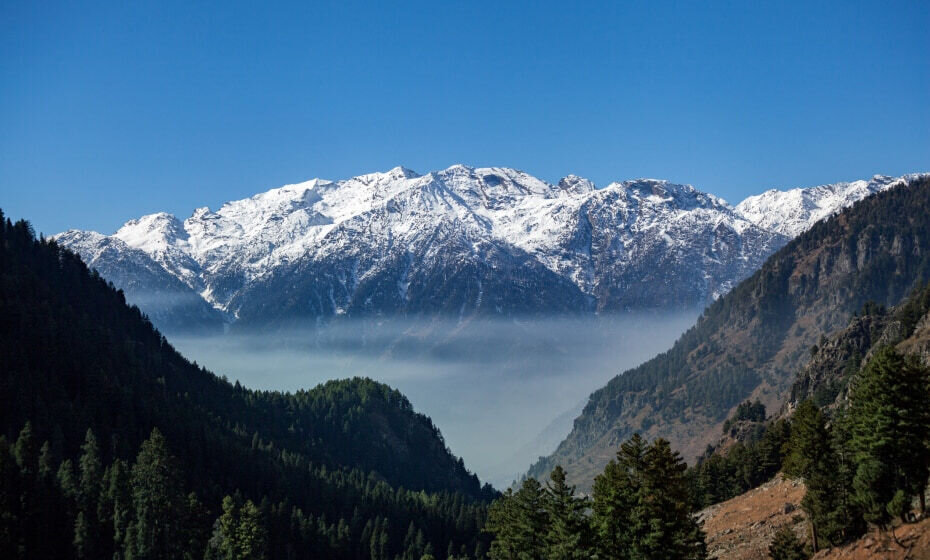World Heritage Sites in North India & the Indian Himalayas
Ancient monuments, protected wildlife sanctuaries, early Buddhist buildings and mountain railways are just a few of the multitude of World Heritage Sites in North India.
What is a World Heritage Site?
Nominated and designated by UNESCO as deserving special international protection, World Heritage Sites are human-made or natural areas, landmarks, sites or structures recognised as having cultural, historical or scientific significance.
WORLD HERITAGE SITES IN NORTH INDIA
Humayun’s Tomb, New Delhi
Built in 1570, the statuesque Humayun’s Tomb, New Delhi was the first garden tomb on the Indian subcontinent and inspired many architectural innovations, including the Taj Mahal. As the resting place of over 150 Mughal family members, the tomb is also known as the ‘dormitory of the Mughals’.
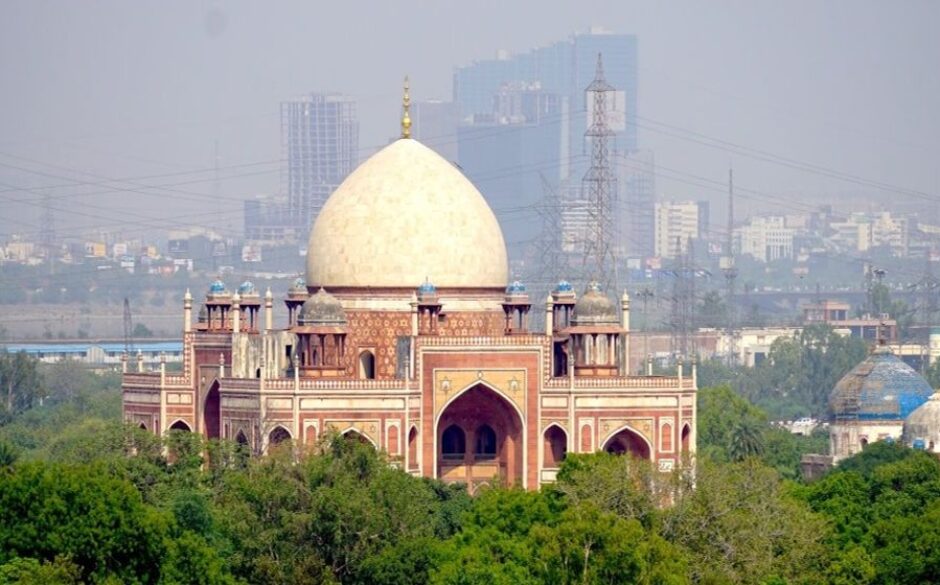
The Architectural Work of Le Corbusier, an Outstanding Contribution to the Modern Movement. Capitol Complex, Chandigarh
17 sites of the architect and designer Le Corbusier spread over seven countries form this UNESCO World Heritage Site. The Complexe du Capitole in Chandigarh is a government compound made up of three buildings, three monuments and a lake, including the Palace of Assembly or Legislative Assembly, Secretariat, High Court, Open Hand Monument, Geometric Hill and Tower of Shadows.
Red Fort Complex, Delhi
Named after its enormous sandstone walls, the Red Fort Complex was constructed in 1546 for Shah Jahan, the fifth Mughal Emperor of India, as the palace fort of the new capital Shahjahanabad. Since 1947, the Prime Minister of India has hoisted the Indian flag at the main gate of the fort and delivered a speech from the ramparts to celebrate the Independence day of India (15th August).
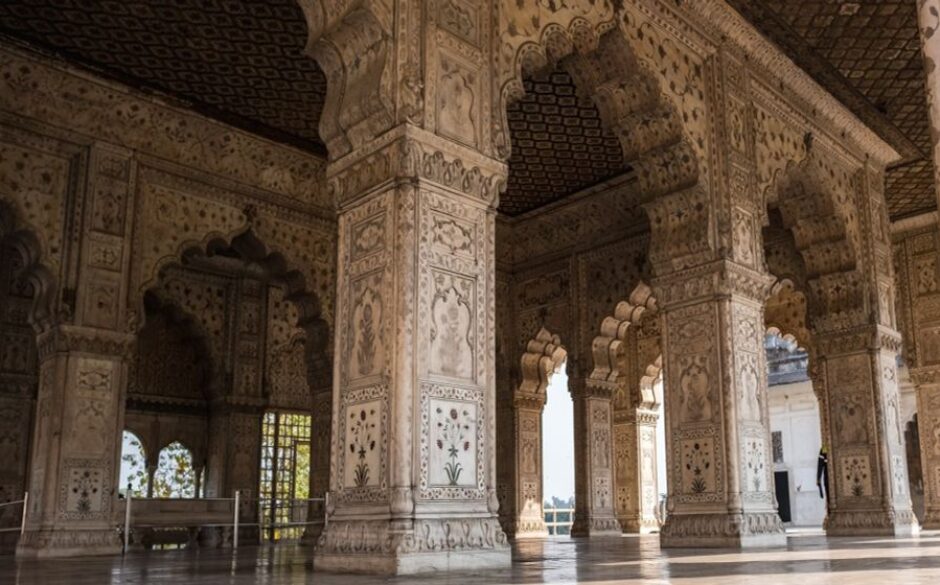
Qutb Minar and its Monuments, New Delhi
The sandstone Qutub Minar stands at a lofty 72.5m and is believed to have been either a victory tower to mark the start of Muslim rule in India, or an Islamic minaret for muezzins to call the faithful to prayer. Researchers argue that the monument lacks the appropriate inscriptions and that 379 steps would have been too challenging for the muezzin to climb five times a day!
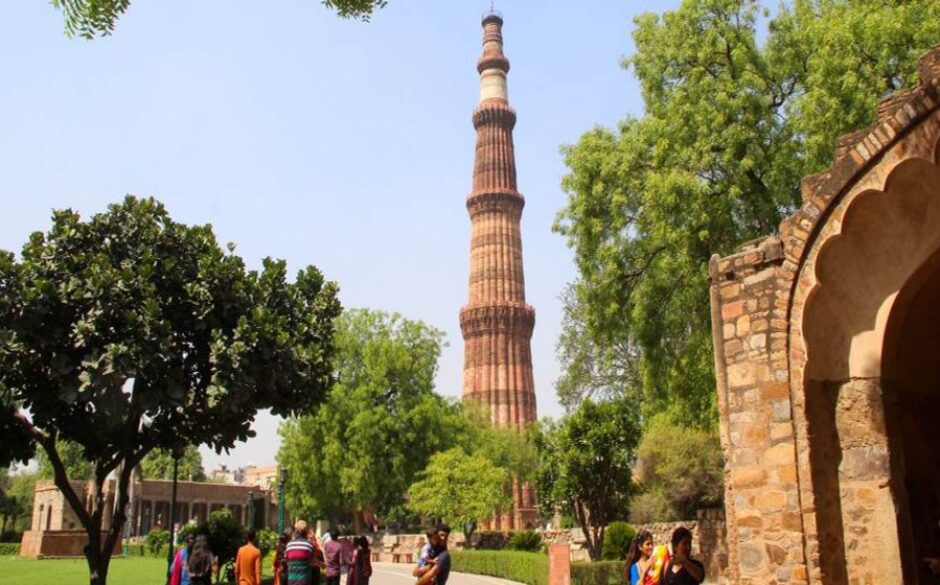
Hill Forts of Rajasthan
The Hill Forts of Rajasthan are mainly in the Aravalli Range and consist of Chittor Fort at Chittorgarh, the Amer Fort in Jaipur, Jaisalmer Fort, Gagron Fort in Jhalawar, Kumbhalgarh Fort and Ranthambore Fort in Sawai Madhopur. Built between the 5th and 18th centuries by several Rajput kings, some of the forts still contain surviving urban centres and use water harvesting mechanisms.
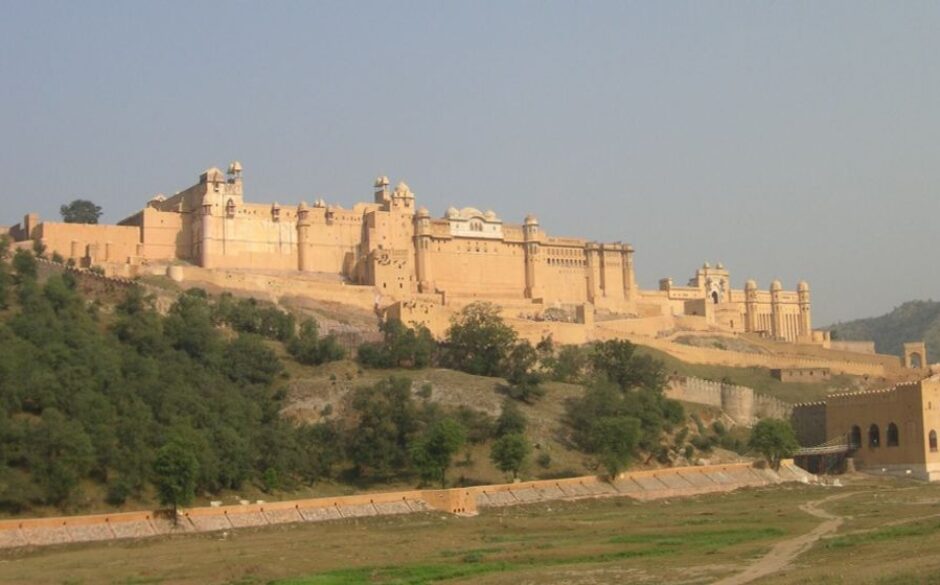
Jaipur City, Rajasthan
Named as one of the World Heritage Sites in North India in July 2019, the fortified city of Jaipur contains rows of collonaded businesses and markets, stalls, residences and temples on the main streets with matching facades. The architecture borrows from Hindu and modern Mughal along with Western cultures and the layout follows a grid structure in the style of Vedic architecture.
Jantar Mantar, Jaipur, Rajasthan
The largest of its kind in India, the Jantar Mantar in Jaipur is an astronomical observation site built in the 18th century. It features a set of instruments that assist with stargazing, including the world’s largest stone sundial which measures the time of day correct to half a second.
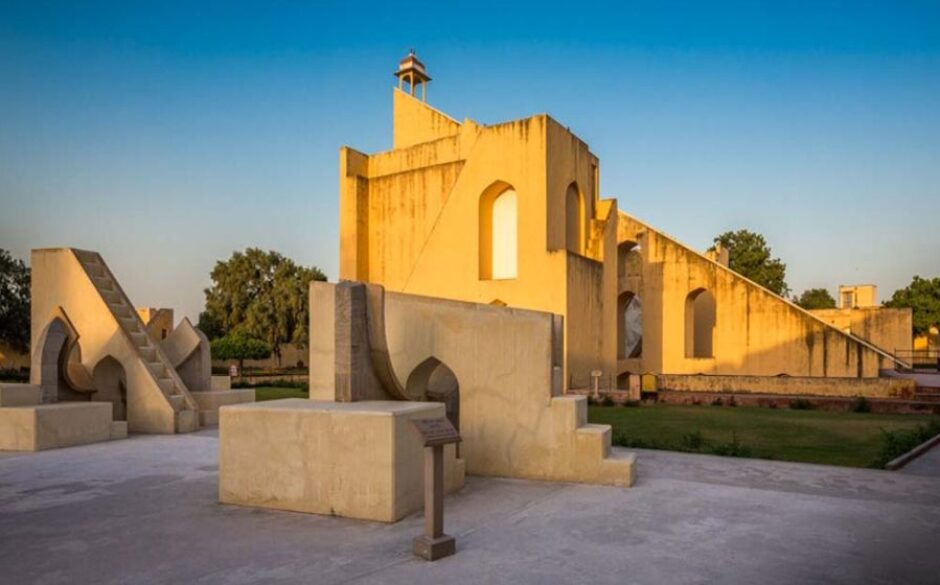
Keoladeo National Park, Bharatpur, Rajasthan
Formerly known as Bharatpur Bird Sanctuary, Keoladeo National Park is the former duck-hunting reserve of the Maharajas is the perfect place to spot a multitude of our feathered friends. The park has recorded over 350 species of bird including the rare Siberian crane and is one of the major wintering areas for large numbers of aquatic birds.
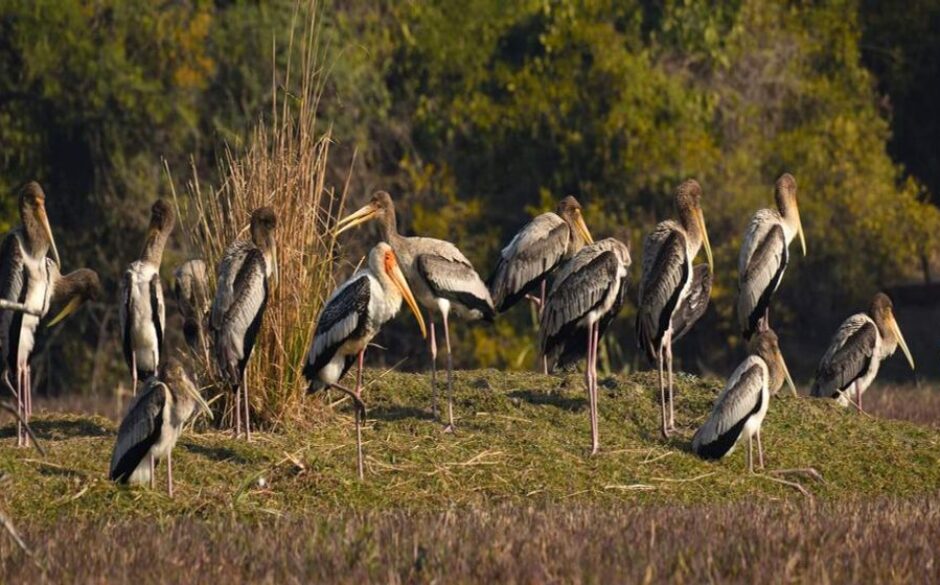
Nanda Devi and Valley of Flowers National Parks, Uttarakhand
High in the West Himalayas, you’ll find rugged mountain wilderness of Nanda Devi National Park, complemented by India’s Valley of Flowers National Park, famous for its meadows of endemic alpine flowers. Living in this diverse area are rare and endangered animals, including the Asiatic black bear, blue sheep, brown bear and snow leopard.
Agra Fort, Uttar Pradesh
The Red Fort of Agra is a 16th-century sandstone Mughal monument located near the Taj Mahal, also known as Agra Fort. Hidden inside its 2.5-km-long walls you’ll find the imperial city of the Mughal rulers, along with fairy-tale palaces, audience halls and two beautiful mosques. A wonderful example of the World Heritage Sites in North India.
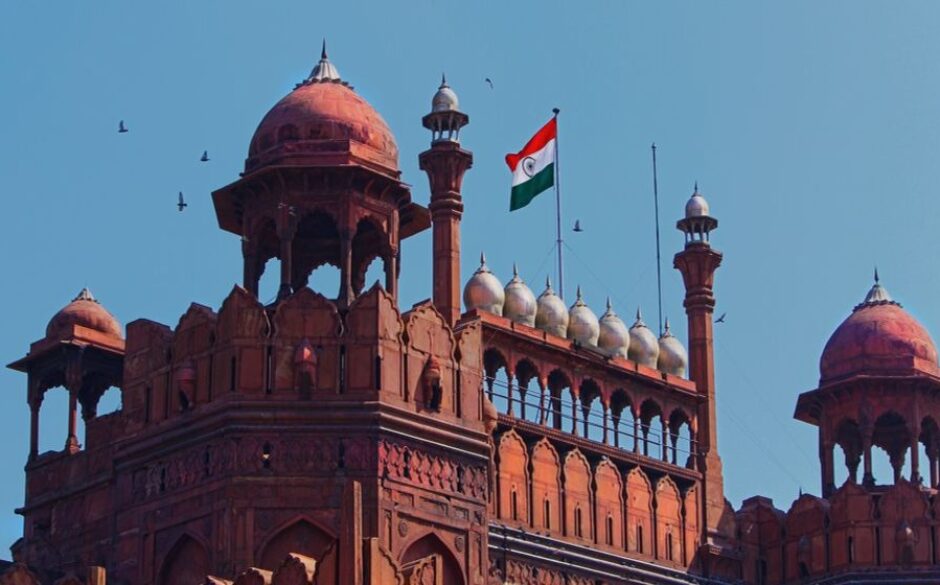
Fatehpur Sikri, Uttar Pradesh
Also known as the City of Victory, Fatehpur Sikri is believed to have been built to provide leisure and luxury to the Mughal Emperor Akbar. The site contains the Buland Darwāza (lofty gateway), mosques, tombs, elephant tower and a drum house for musicians to announce the arrival of the emperor. In Pachisi Court, there’s a square marked out for a human version of Ludo!
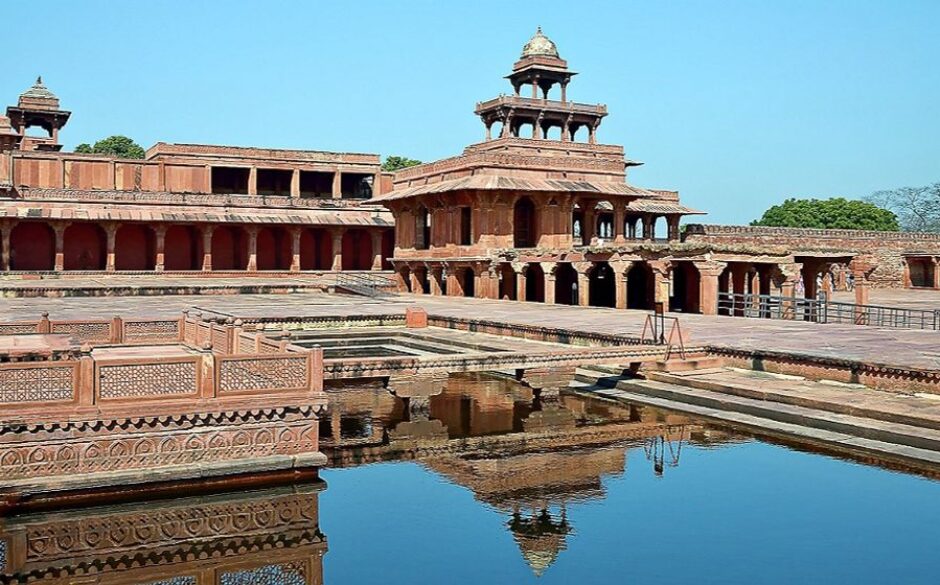
Taj Mahal, Uttar Pradesh
The most famous of the World Heritage Sites in North India one of the seven modern wonders of the world, the Taj Mahal was built between 1631 and 1653. Commissioned by the Mughal king Shah Jahan as the final resting place for his beloved wife Mumtāz Mahal, the ‘Crown of the Palaces’ would be his view during the last eight years of his life in Agra Fort after being imprisoned by his son Aurangzeb.
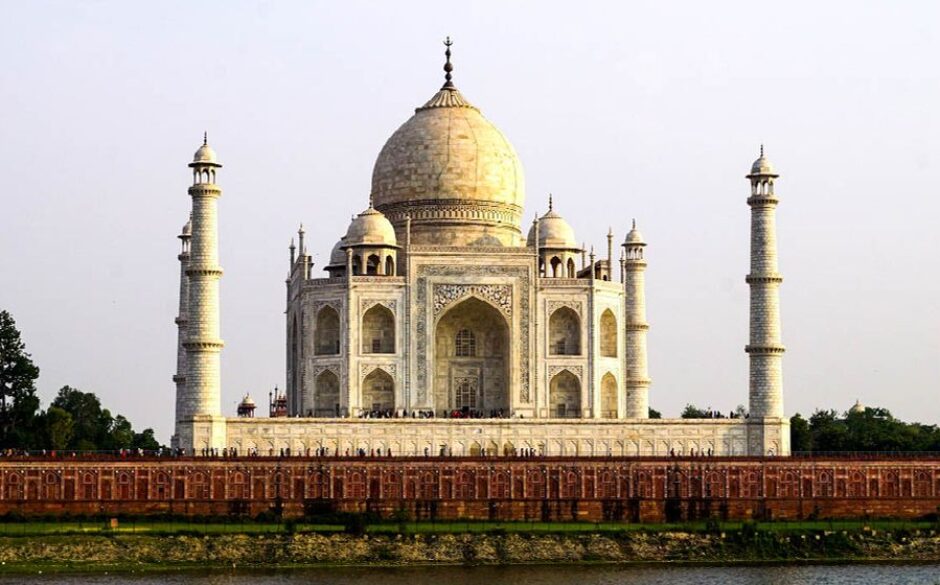
WORLD HERITAGE SITES IN THE INDIAN HIMALAYAS
Mountain Railways of India (Shimla, Darjeeling & Ooty)
The Mountain Railways of India are made up of the Darjeeling Himalayan Railway, a hill passenger railway dating back to 1881, the 46-km long metre-gauge single-track Nilgiri Mountain Railway in Tamil Nadu and the 96-km long Kalka Shimla Railway, all of which are fully operational and offering amazing views of the surrounding mountain landscape.
Great Himalayan National Park, Himachal Pradesh
Established in 1984, the Great Himalayan National Park is home to a variety of flora and over 375 species of fauna. The park was designated a World Heritage Site under the criteria of “outstanding significance for biodiversity conservation” and its inhabitants are protected under the Wildlife Protection Act 1972.
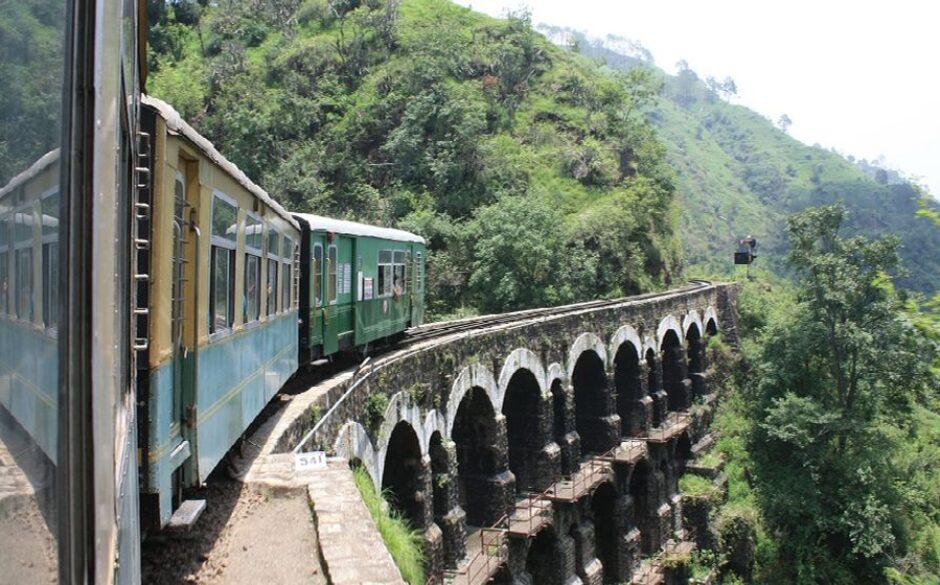
We hope our guide to the World Heritage Sites in North India & the Indian Himalayas has inspired you to visit some of these fascinating places. Please have a browse through our tours or contact us to create your own bespoke holiday.
Interested in World Heritage Sites in East, South or West India? Read more here:
World Heritage Sites in West India

